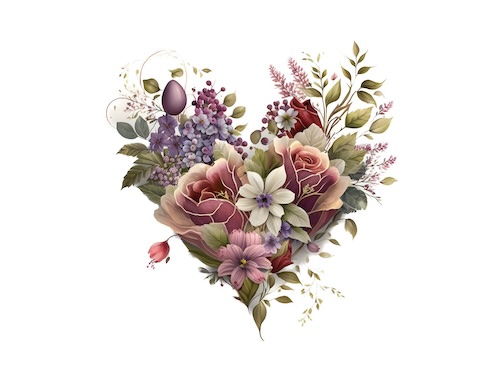Communicating with others offers a rich range of possibilities, with handwritten notes holding a special place in our hearts. Unlike the quick tap of keys, a handwritten note expresses a unique personal touch that digital greetings often miss. It conveys an investment of time and thoughtfulness, making the recipient feel special and appreciated.

The physicality of a handwritten note engages our senses. The smooth paper beneath our fingers, the quiet scratch of the pen, and its satisfying weight in our hand – these experiences are absent in the digital world. Additionally, the delicate flow of ink, the pressure we apply, and even slight hand tremors can infuse our handwritten notes with emotions that may be lost in a digital message.
Of course, handwritten notes do have their limitations. Composing them can be more time-consuming, especially if you’re not accustomed to writing by hand. A slip of the pen can be harder to correct, leading to potential errors. Space is also a factor; a note’s physical size limits how much information it can hold compared to a digital message. Lastly, sharing them can be cumbersome, involving physically exchanging the note itself.
Digital greetings, on the other hand, champion speed and efficiency. Messages fly across distances, instantly reaching their target. Easily edited and corrected, they’re ideal for sharing important information or sending messages to multiple people via email, social media, or messaging apps.
But there’s a trade-off. Digital greetings often lack the intimacy of a handwritten note and can feel impersonal. They may struggle to express those nuanced emotions that a handwritten note conveys with ease. While emoticons and emojis try to bridge the gap, they don’t always manage to replicate the depth. Moreover, technical hiccups like server errors and internet problems can impede digital messages. And, importantly, they lack the tactile qualities of a physical handwritten note.
The choice between handwritten and digital comes down to the occasion, your relationship with the recipient, and your own preference. Both have their place, and understanding their strengths and weaknesses helps you make the perfect choice when it’s time to communicate.
Please note that if you purchase from clicking on the link, some will result in us getting a tiny bit of that sale to help keep this site going.


